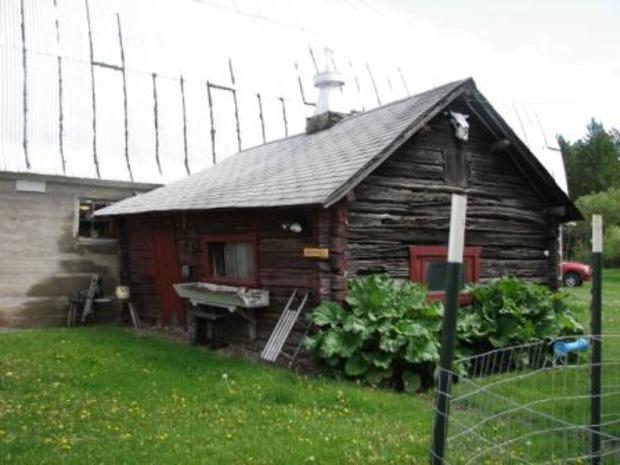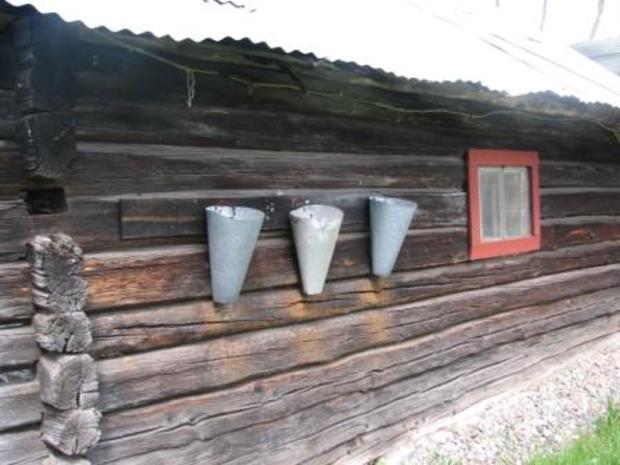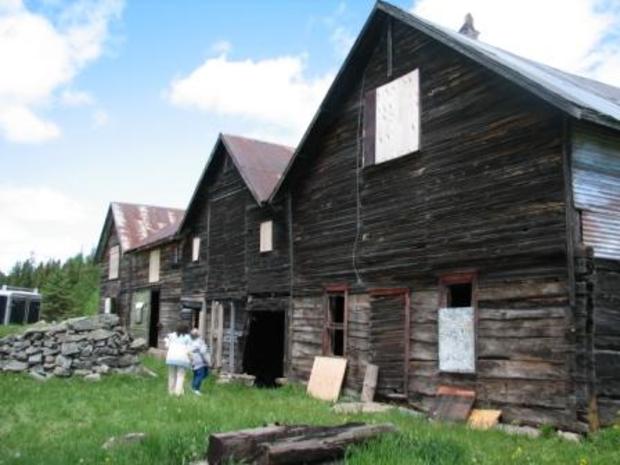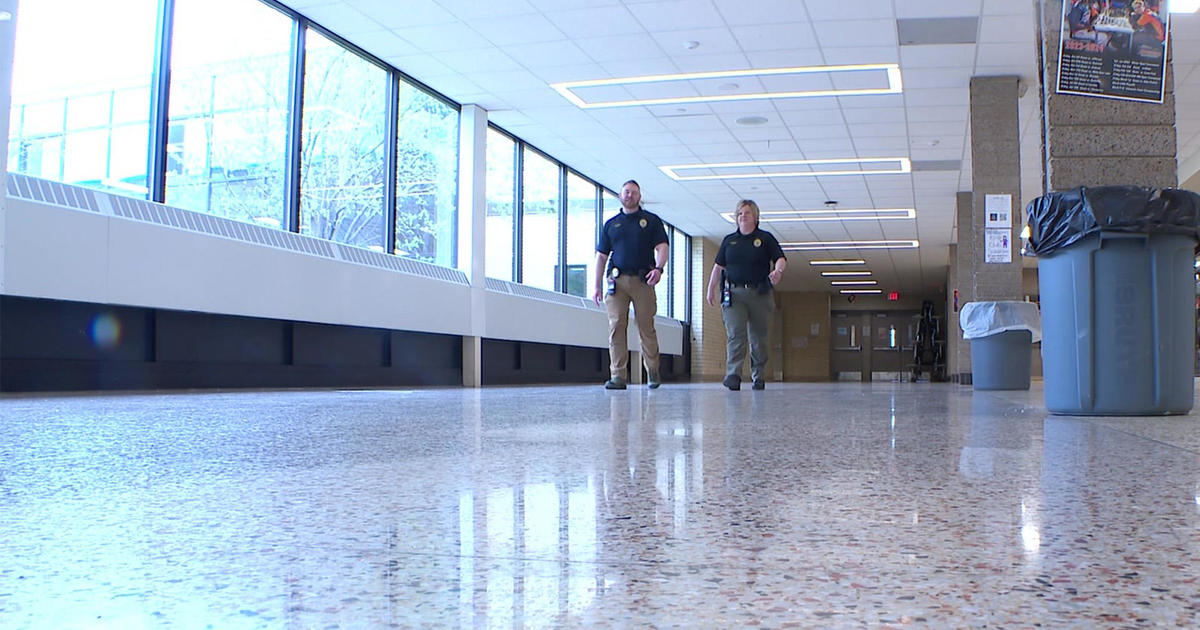Wander MN: Finnish History In Embarrass
You may think of Embarrass as the town that often posts the cold-weather records in the winter, but it has a unique slice of Minnesota history available for visitors to the area: the Finnish Homestead Tours.
In the late 19th and early 20th centuries, many Finns made their way to the Iron Range in search of many things: land, religious freedom, chance at a better life, or to avoid being conscripted into the Russian army. For just about 20 years, the first settlers built homes the way they'd learned in Finland, with impeccably constructed log homes using dovetail joints and joints slanting away from the building, so water and snow would slide off. The logs were carefully fitted together so tightly that in most cases, chinking wasn't needed to have a snug home.
This is a short period in the state's history, because as more immigrants settled and lumber mills began operation, people didn't want log homes—it was a sign of being poor. Instead, they wanted traditional stick-frame homes, and even those who built log homes covered the logs with boards. In fact, a bed and breakfast in Embarrass, Northern Comfort, was built as a log building in 1901 and then covered with boards.
Fortunately, there are several of these Finnish log buildings still in existence, a century later, and a group in Embarrass is actively seeking out grants and funding to maintain and restore them. Several are on the National Register of Historic Places. And what gems they are.
The log building here was originally the only building, housing a farm's chickens. It's not just the log construction that's of interest here, but the ingenious method the farmer created to drain the chicken's blood:
Not that all the buildings were constructed to be airtight. Some were deliberately left with gaps, for use as barns for large animals that would benefit from the breezes coming through.
A rarity in America is this historic piece known as a house barn.
The house is on the far left; the middle section held horses; and the section on the right was for livestock, complete with a floor drains for the cow's urine and a subfloor that was filled with leftover sawdust and matter that would absorb the urine. Each year, the farmer would lift up the log floor and shovel the sawdust into a compost pile that was eventually used in the garden. No waste.
The above is an example of a home that was built as log construction, but then covered in boards to look more upscale. (In another clever note, the home had a garage added later, but rather than being by the house, it's next to the road, down a long driveway—because it was easier to shovel a walkway than a driveway.)
Of course, one of the most important structures built by the Finnish was the sauna (pronounced SOW-na). We think of saunas as luxury spa items today, but a century ago, they were usually the first building erected on a homestead. The family could live in the sauna building (after all, it had a stove) while the main home was being constructed. Then it was used for women giving birth, for houseguests, as a summer kitchen during the hot months, even to lay out the bodies of the dead.
The tours are offered during the summer on Thurs.-Sat. afternoons or by appointment. Generally three hours in length, you can request a shortened version—but trust me, you'll want the full tour. The buildings—and the stories of the people who lived in them—are much too interesting to skip any.
What else is happening in our state? Be sure to check out the 10 p.m. Sunday night WCCO newscasts, where you can learn more in the weekly segment, Finding Minnesota.









